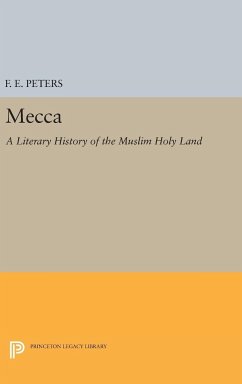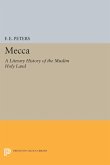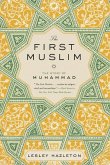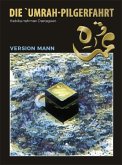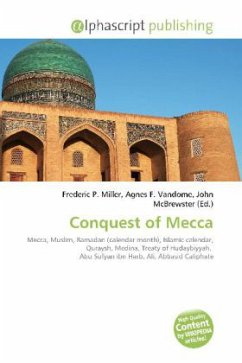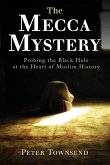For the non-Muslim, Mecca is the most forbidden of Holy Cities--and yet, in many ways it is the best known. Muslim historians and geographers have studied it, and countless pilgrims and travelers--many of them European Christians in disguise--have left behind lively and well-publicized accounts of life in Mecca and its associated shrine-city of Medina, where the Prophet lies buried. The stories of all these figures, holy men and heathens alike, come together in this book to offer a remarkably revealing literary portrait of the city's traditions and urban life and of the surrounding area. Closely following the publication of F. E. Peters's The Hajj (Princeton, 1994), which describes the perilous pilgrimage itself from the travelers' perspectives, this collection of writings and commentary completes the historical travelogue. The accounts begin with the Muslims themselves, in the patriarchal age of Abraham and Ishmael, and trace the sometimes glorious and sometimes sad history of Islam's central shrine down to the last Grand Sharif of Mecca, Husayn ibn Ali, whose fragile kingdom was overtaken by the House of Sa`ud in 1926. Because of chronic flooding and constant rebuilding, there is little or no material evidence for the early history of Islam's holy cities. By assembling, analyzing, and fashioning these literary accounts of Mecca, however, Peters supplies us with a vivid sense of place and human interaction, much as he did in his widely acclaimed Jerusalem (Princeton, 1985). Originally published in 1994. The Princeton Legacy Library uses the latest print-on-demand technology to again make available previously out-of-print books from the distinguished backlist of Princeton University Press. These editions preserve the original texts of these important books while presenting them in durable paperback and hardcover editions. The goal of the Princeton Legacy Library is to vastly increase access to the rich scholarly heritage found in the thousands of books published by Princeton University Press since its founding in 1905.
Hinweis: Dieser Artikel kann nur an eine deutsche Lieferadresse ausgeliefert werden.
Hinweis: Dieser Artikel kann nur an eine deutsche Lieferadresse ausgeliefert werden.

